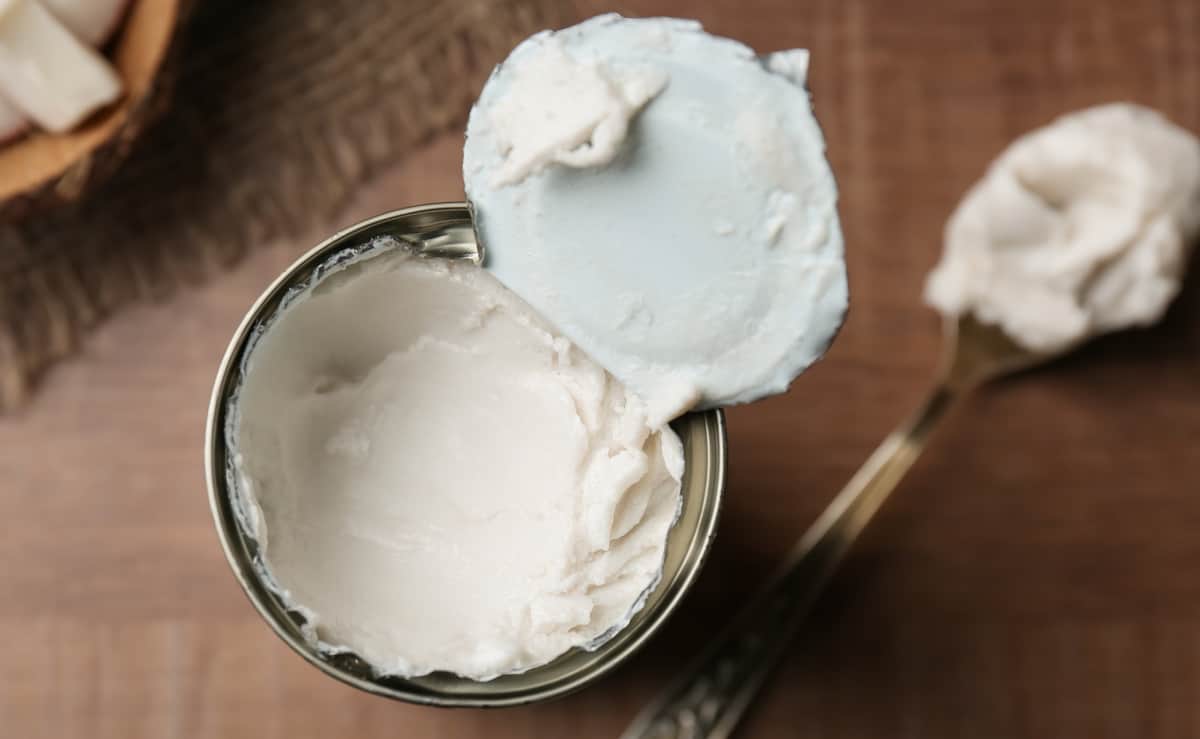

Articles
How To Store Coconut Cream After Opening
Modified: May 6, 2024
Learn the best methods for storing coconut cream articles after opening to maintain its freshness and quality. Tips and tricks to keep your coconut cream from spoiling and extend its shelf life.
(Many of the links in this article redirect to a specific reviewed product. Your purchase of these products through affiliate links helps to generate commission for Storables.com, at no extra cost. Learn more)
Introduction
Coconut cream is a versatile ingredient that adds richness and depth to a wide range of dishes, from curries and soups to desserts and cocktails. Its creamy texture and distinct tropical flavor make it a popular choice in various cuisines around the world. Whether you’re cooking with it or simply enjoying it as a topping, it’s important to know how to properly store coconut cream after opening.
Understanding how to store coconut cream is crucial to maintaining its freshness and quality. In this article, we will explore the importance of proper storage and provide step-by-step instructions on how to store coconut cream to maximize its shelf life.
Coconut cream is extracted from mature coconuts and is thicker and richer than coconut milk. It is typically sold in cans or cartons and can be refrigerated or frozen to extend its shelf life. However, improper storage can lead to spoilage, resulting in a loss of flavor and potential health risks.
Proper storage is important for several reasons. First and foremost, it helps to prevent the growth of harmful bacteria and preserve the taste and texture of the coconut cream. Additionally, proper storage ensures that the coconut cream retains its nutritional value, such as its high concentration of healthy fats, vitamins, and minerals.
Now, let’s delve into the steps for storing coconut cream after opening. By following these guidelines, you can prolong the shelf life of your coconut cream and make the most of this delightful ingredient.
Key Takeaways:
- Proper storage of coconut cream is essential to maintain its freshness, flavor, and quality. Refrigerate in airtight containers, label and date for organization, and consider freezing for extended shelf life.
- Thaw frozen coconut cream slowly in the refrigerator to preserve its smooth texture and delicious flavor. Avoid repeated thawing and refreezing to maintain quality and enjoy its tropical taste.
Read more: How To Store Coconut After Opening
Understanding Coconut Cream
Before diving into the details of storing coconut cream, it’s important to have a clear understanding of what it is and its unique characteristics. Coconut cream is a thick and creamy liquid that is derived from the flesh of mature coconuts.
When a coconut is opened and the flesh is grated and squeezed, the resulting liquid is known as coconut cream. It has a high fat content and a rich, creamy consistency, making it a popular ingredient in both sweet and savory dishes.
Coconut cream differs from coconut milk in terms of its thickness and concentration. While coconut milk is thinner and lighter, coconut cream contains less water and has a higher fat content. It is often used as a luxurious alternative to dairy cream in vegan or lactose-free recipes.
The flavor of coconut cream is distinct and tropical, with a sweet and nutty taste. It adds a delightful depth and richness to dishes while imparting a subtle coconut aroma.
One of the key characteristics of coconut cream is its ability to separate when left undisturbed. This separation occurs due to the natural separation of the coconut fat from the liquid. When you open a can or carton of coconut cream, you may notice a layer of thick cream at the top and a watery liquid at the bottom. This is perfectly normal, and you can easily mix them together before using the coconut cream in your recipes.
Coconut cream is a versatile ingredient that can be used in a variety of dishes. It is commonly used in curries, sauces, and soups to add creaminess and enhance the flavor profile. It can also be whipped and used as a topping for desserts or incorporated into smoothies and cocktails for a tropical twist.
Now that we have a better understanding of coconut cream and its unique properties, let’s explore the importance of proper storage to maintain its freshness and quality.
Why is Proper Storage Important?
Proper storage of coconut cream is essential for maintaining its freshness, flavor, and quality. Here are a few reasons why it is important to store coconut cream correctly after opening:
1. Preservation of Flavor and Texture: Coconut cream contains natural oils and fats that can oxidize when exposed to air. Improper storage can lead to a loss of flavor and a change in texture, resulting in a less enjoyable culinary experience. By storing coconut cream properly, you can help preserve its creamy consistency and the distinct tropical flavor it adds to your dishes.
2. Prevention of Spoilage: Like any perishable food item, coconut cream is susceptible to spoilage if not stored properly. Bacteria and other microorganisms can thrive in the creamy environment of coconut cream, leading to unpleasant odors, mold growth, and potential health risks. By following correct storage practices, you can minimize the risk of spoilage and ensure the safety of the coconut cream.
3. Extended Shelf Life: Proper storage techniques can significantly extend the shelf life of coconut cream. This is particularly important when you have leftover coconut cream after using a portion of it in a recipe. By storing it properly, you can avoid unnecessary waste and make the most of your coconut cream.
4. Cost-Effective Solution: Coconut cream is often packaged in larger quantities than what is needed for a single recipe. By storing the remaining coconut cream properly, you can use it for future culinary endeavors, thereby reducing the need to purchase more and saving money in the long run.
5. Nutritional Value: Coconut cream contains beneficial nutrients, such as healthy fats, vitamins, and minerals. Proper storage helps to preserve these nutrients, ensuring that you reap the nutritional benefits every time you use coconut cream in your cooking.
Now that we understand why proper storage is crucial, let’s move on to the practical steps for storing coconut cream after opening. These steps will ensure that your coconut cream stays fresh and delicious for as long as possible.
Steps for Storing Coconut Cream After Opening
Proper storage of coconut cream after opening is essential to maintain its freshness and quality. Follow these steps to ensure that your coconut cream stays delicious and usable for an extended period of time:
- Refrigerating the Coconut Cream: After opening the can or carton of coconut cream, transfer the unused portion into a clean, airtight container. Place the container in the refrigerator immediately to slow down bacterial growth and maintain its freshness. Refrigeration is the primary method of preserving coconut cream, allowing it to stay usable for up to a week.
- Using Airtight Containers: The key to storing coconut cream is to keep it airtight. Transfer the coconut cream into a container that has a tight-fitting lid, ensuring that no air can penetrate. This will prevent oxidation and maintain the creamy texture and flavor of the coconut cream.
- Labeling and Dating the Container: It is important to label the container with the date of opening. This serves as a reminder of its freshness and helps you keep track of how long the coconut cream has been stored. Use a permanent marker or a label maker to clearly mark the container with the date.
- Freezing Coconut Cream: If you have a larger quantity of coconut cream that you won’t be able to use within a week, freezing is a viable option. Transfer the coconut cream into a freezer-safe container, leaving some room for expansion. Seal the container tightly to prevent freezer burn and place it in the freezer. Frozen coconut cream can maintain its quality for around three months.
- Tips for Defrosting Frozen Coconut Cream: When you are ready to use the frozen coconut cream, thaw it in the refrigerator overnight. Avoid defrosting it at room temperature, as this can lead to uneven thawing and potential spoilage. Once thawed, give it a thorough stir to recombine any separated components before using it in your recipes.
By following these steps, you can ensure that your coconut cream stays fresh and usable for an extended period. Whether refrigerating or freezing, proper storage practices will help maintain the flavor, texture, and nutritional value of your coconut cream. Now you can confidently enjoy the use of coconut cream in a variety of culinary creations.
Refrigerating the Coconut Cream
Refrigeration is the primary method of storing coconut cream after opening, keeping it fresh and safe to consume for an extended period of time. Follow these steps to properly refrigerate your coconut cream:
1. Transfer to an Airtight Container: After opening the can or carton of coconut cream, transfer the remaining portion into a clean, airtight container. Choose a container that is appropriate in size for the quantity of coconut cream you have, leaving some headspace to account for expansion.
2. Seal the Container: Ensure that the container is tightly sealed to prevent air from entering. This will help maintain the flavor, texture, and quality of the coconut cream. Airtight containers also prevent any external odors from affecting the taste of the coconut cream.
3. Refrigerate Immediately: Once the coconut cream is transferred into the container and sealed, place it in the refrigerator right away. The cool temperature will slow down the growth of bacteria and prevent spoilage. Aim to refrigerate the coconut cream within two hours of opening to maintain its freshness.
4. Store in the Coldest Part of the Fridge: Position the container of coconut cream in the coldest part of your refrigerator, usually towards the back or in the bottom shelf. This helps maintain a consistent temperature, preventing fluctuations that may impact the quality of the coconut cream.
5. Avoid Cross-Contamination: When storing coconut cream, make sure it is kept separate from any other foods with strong odors. Coconut cream is highly absorbent and can easily take on the flavors and aromas of nearby foods.
6. Use Within a Week: Properly refrigerated coconut cream can stay fresh for up to one week. It is important to note that the quality and flavor may gradually diminish over time, so it is recommended to use it within this timeframe for the best results.
Refrigerating coconut cream is a simple and effective way to extend its shelf life and maintain its freshness. By following these steps, you can enjoy the creamy texture and tropical flavor of coconut cream in various culinary creations for an extended period of time.
After opening, store coconut cream in an airtight container in the refrigerator. Use it within 4-5 days or freeze it for longer storage.
Read more: How To Store Cream Of Coconut
Using Airtight Containers
When it comes to storing coconut cream after opening, using airtight containers is crucial. The right container will help preserve the freshness, flavor, and quality of the coconut cream. Follow these steps to ensure proper storage using airtight containers:
1. Choose the Right Container: Opt for a container that is specifically designed to be airtight. Glass or plastic containers with snap-on lids or screw-top lids work well for storing coconut cream. Make sure the container is clean and free from any residue to prevent contamination.
2. Transfer the Coconut Cream: Carefully pour or spoon the coconut cream into the airtight container. Leave some space at the top to allow for expansion, especially if you plan to freeze the coconut cream. However, avoid excessive headspace as it can lead to freezer burn.
3. Seal the Container Tightly: Ensure that the lid is tightly sealed to create an airtight environment. This step is essential to prevent any air from entering the container and causing oxidation, which can lead to a loss of flavor and quality.
4. Check for Proper Seal: Once the coconut cream is in the container, perform a quick check to ensure that the lid is secure and the container is airtight. Gently press down on the lid and listen for a popping sound, indicating a tight seal. If the lid does not pop back up or feels loose, reseal it properly or consider using a different container.
5. Label the Container: It is important to label the container with the date of opening. This will help you keep track of the storage duration and ensure that you use the coconut cream within a reasonable timeframe. Use a permanent marker or a label maker to clearly mark the container with the date.
By using airtight containers, you create a sealed environment that prevents air from reaching the coconut cream, preserving its flavor and quality. Whether you choose glass or plastic, make sure the container is specifically designed to be airtight. Follow these steps for optimal storage, and your coconut cream will stay fresh and delicious until you’re ready to use it.
Labeling and Dating the Container
Labeling and dating the container for your stored coconut cream is a simple yet important step in ensuring food safety and organization. By following these steps, you can easily keep track of the freshness and usage timeframe of your coconut cream:
1. Permanent Marker or Label Maker: Choose a permanent marker or a label maker to clearly mark the container. Make sure the labeling method you choose is suitable for the material of the container (e.g., waterproof ink for plastic containers).
2. Date of Opening: Write down the date on which you opened the coconut cream on the label. This is crucial for monitoring the freshness and storage duration of the coconut cream. It helps you determine the recommended timeframe for using the stored coconut cream.
3. Placement of Label: Place the label where it is clearly visible on the container. This ensures that the information is easily noticeable and prevents confusion with other food items in your storage area.
4. Usage Guidelines: Consider adding additional information to the label, such as expiration dates, storage guidelines, or any special instructions. This can be particularly helpful if you have specific dietary restrictions or preferences.
5. Check and Update: Regularly check the labeled container to ensure that the labeling is clear and legible. If necessary, update the label with any new information, such as the date of last use or any changes in storage conditions.
By labeling and dating the container, you can easily keep track of the storage duration of your coconut cream. This helps you determine its freshness and usage timeframe, allowing you to prioritize its consumption and minimize food waste.
Additionally, labeling and organizing your stored coconut cream is beneficial for overall kitchen organization. It allows you to easily locate and use the coconut cream when needed, reducing the chances of forgetting about it or letting it go to waste.
Take a moment to label and date your coconut cream container after opening to stay organized and ensure that you enjoy the best quality coconut cream when using it in your favorite recipes.
Freezing Coconut Cream
Freezing coconut cream is an excellent option if you have a surplus or want to extend its shelf life beyond the usual refrigeration period. Freezing helps preserve the taste and quality of the coconut cream for a longer duration. Follow these steps to freeze coconut cream properly:
1. Transfer to a Freezer-Safe Container: Pour the coconut cream into a freezer-safe container. Make sure the container is suitable for freezing and has a tight-fitting lid. Leave some space at the top to allow for expansion as the coconut cream freezes.
2. Seal the Container Tightly: Ensure that the lid is securely fastened to create an airtight seal. This prevents freezer burn and the absorption of any odors from other foods in the freezer.
3. Label the Container: Use a permanent marker or label maker to clearly mark the container with the date of freezing. This will help you keep track of its storage duration and prioritize its consumption.
4. Freeze as Soon as Possible: Place the sealed container of coconut cream in the freezer as soon as possible after filling it. The quicker it freezes, the better the quality and taste will be when thawed.
5. Storage Duration: Coconut cream can typically be stored in the freezer for up to three months. Beyond that, there may be a gradual decline in taste and texture. It is recommended to use the frozen coconut cream within this timeframe for the best results.
6. Avoid Repeated Thawing and Refreezing: To maintain the quality of the coconut cream, it is best to avoid repeatedly thawing and refreezing. It is advisable to freeze the coconut cream in portions that are suitable for single-use or recipe requirements.
7. Thawing Before Use: When you’re ready to use the frozen coconut cream, place it in the refrigerator to thaw overnight. Thawing it slowly in the refrigerator helps maintain its texture and taste. Avoid thawing the coconut cream at room temperature as it can lead to uneven thawing and potential spoilage.
By following these steps, you can effectively freeze coconut cream and extend its shelf life. Freezing not only prevents waste but also provides you with a convenient supply of coconut cream for future culinary endeavors. Just remember to label the container and use it within the recommended storage duration for best results.
Tips for Defrosting Frozen Coconut Cream
Defrosting frozen coconut cream properly is essential to ensure that it retains its smooth texture and delicious flavor. Here are some tips to help you defrost frozen coconut cream effectively:
1. Thaw in the Refrigerator: The best way to defrost frozen coconut cream is to transfer it from the freezer to the refrigerator. Place the sealed container of frozen coconut cream in the refrigerator and allow it to thaw slowly overnight. This gradual thawing process helps maintain the quality of the coconut cream.
2. Stir Before Using: Once the coconut cream has thawed completely, give it a good stir to recombine any separated components. Freezing may cause some separation in the cream, and stirring will help restore its creamy consistency.
3. Avoid Room Temperature Thawing: It’s important to avoid thawing coconut cream at room temperature. Rapid thawing can lead to uneven temperature distribution, potential spoilage, and a change in texture. Thawing in the refrigerator is the recommended method for preserving the quality of the coconut cream.
4. Plan Ahead: Since thawing coconut cream in the refrigerator takes time, it’s a good idea to plan ahead. If you know you’ll be using the coconut cream in a recipe the next day, take it out of the freezer and place it in the refrigerator well in advance to ensure it’s fully thawed and ready to use.
5. Use Thawed Coconut Cream Promptly: Once the coconut cream is safely thawed, try to use it promptly. This helps maintain its flavor and prevents any potential degradation in quality. If you have thawed more than needed for your recipe, you can store the remaining thawed coconut cream in the refrigerator for a few days.
6. Avoid Repeated Freezing and Thawing: It’s best to avoid refreezing thawed coconut cream. The texture and quality may suffer from repeated freezing and thawing, resulting in a less desirable end product. To minimize waste, freeze coconut cream in smaller portions that you are more likely to use in one go.
By following these tips, you can defrost your frozen coconut cream effectively and ensure that it retains its smoothness, flavor, and quality. Thawing it gradually in the refrigerator is the key to preserving its texture and taste. So, plan ahead and enjoy the deliciousness of your thawed coconut cream in various recipes.
Conclusion
Properly storing coconut cream after opening is crucial for maintaining its freshness, flavor, and quality. By following the steps outlined in this article, you can maximize the shelf life of your coconut cream and ensure that it remains safe for consumption.
Refrigerating coconut cream in airtight containers is the primary method of storage. This helps prevent the growth of bacteria, maintains the creamy texture, and preserves the tropical flavor. Labeling and dating the containers provide a clear indication of the freshness and storage duration of the coconut cream, allowing for better organization and minimizing food waste.
If you have surplus coconut cream or want to extend its shelf life further, freezing is an excellent option. Properly sealed freezer-safe containers help preserve the taste and quality of the coconut cream for up to three months. Thawing the frozen coconut cream slowly in the refrigerator ensures that it retains its smooth texture and delicious flavor.
Remember to avoid repeated thawing and refreezing, as this can impact the quality of the coconut cream. Plan ahead and use the thawed coconut cream promptly to enjoy its wonderful taste and creamy consistency in various culinary creations.
Proper storage not only helps maintain the flavor and texture of coconut cream but also preserves its nutritional value. Coconut cream is a rich source of healthy fats, vitamins, and minerals, making it a valuable addition to your diet.
So, whether you’re using coconut cream in curries, desserts, smoothies, or any other recipe, the proper storage techniques outlined in this article will ensure that you get the most out of this versatile ingredient.
By taking the time to store coconut cream correctly, you can prolong its shelf life, reduce waste, and continue to savor its delightful tropical flavor in your favorite dishes. So go ahead, stock up on coconut cream, and make the most of its creamy goodness for many culinary adventures to come!
If you're keen on keeping your kitchen ingredients fresh, storing coconut cream properly is just step one. For those who love their coffee as much as their coconut cream, finding the right storage solution is crucial. You wouldn't want to spoil the rich aroma and flavor that makes your coffee perfect every morning. Discover ideal solutions for your coffee storage needs in our detailed guide on the best airtight containers designed for 2024. These containers ensure your coffee stays as fresh as the day it was ground.
Frequently Asked Questions about How To Store Coconut Cream After Opening
Was this page helpful?
At Storables.com, we guarantee accurate and reliable information. Our content, validated by Expert Board Contributors, is crafted following stringent Editorial Policies. We're committed to providing you with well-researched, expert-backed insights for all your informational needs.

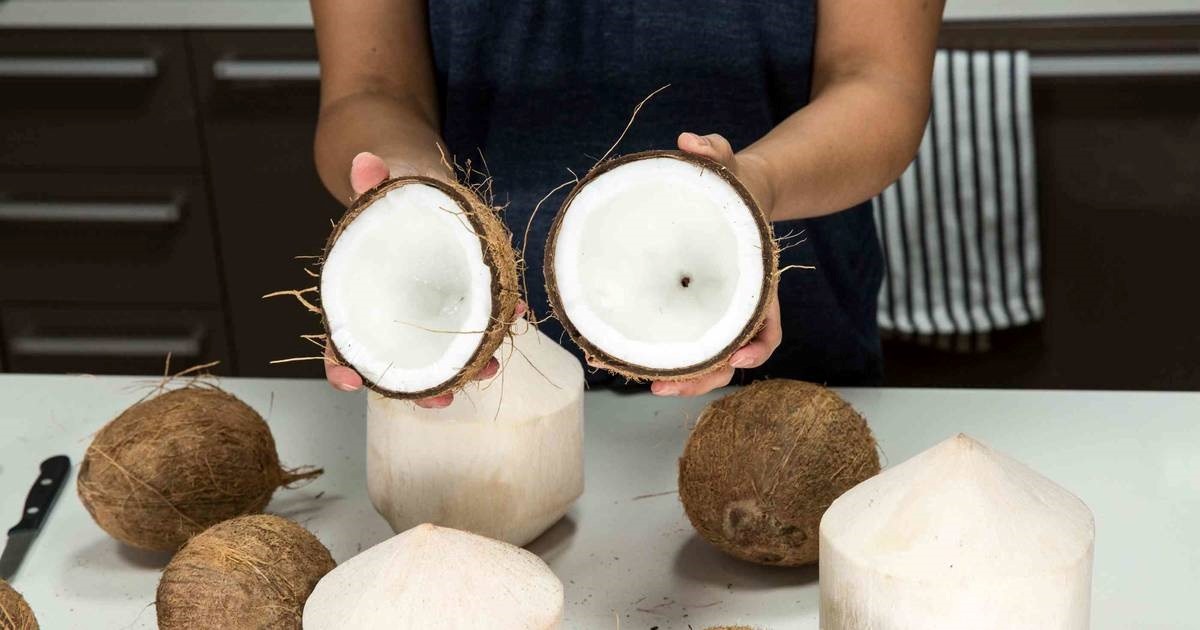

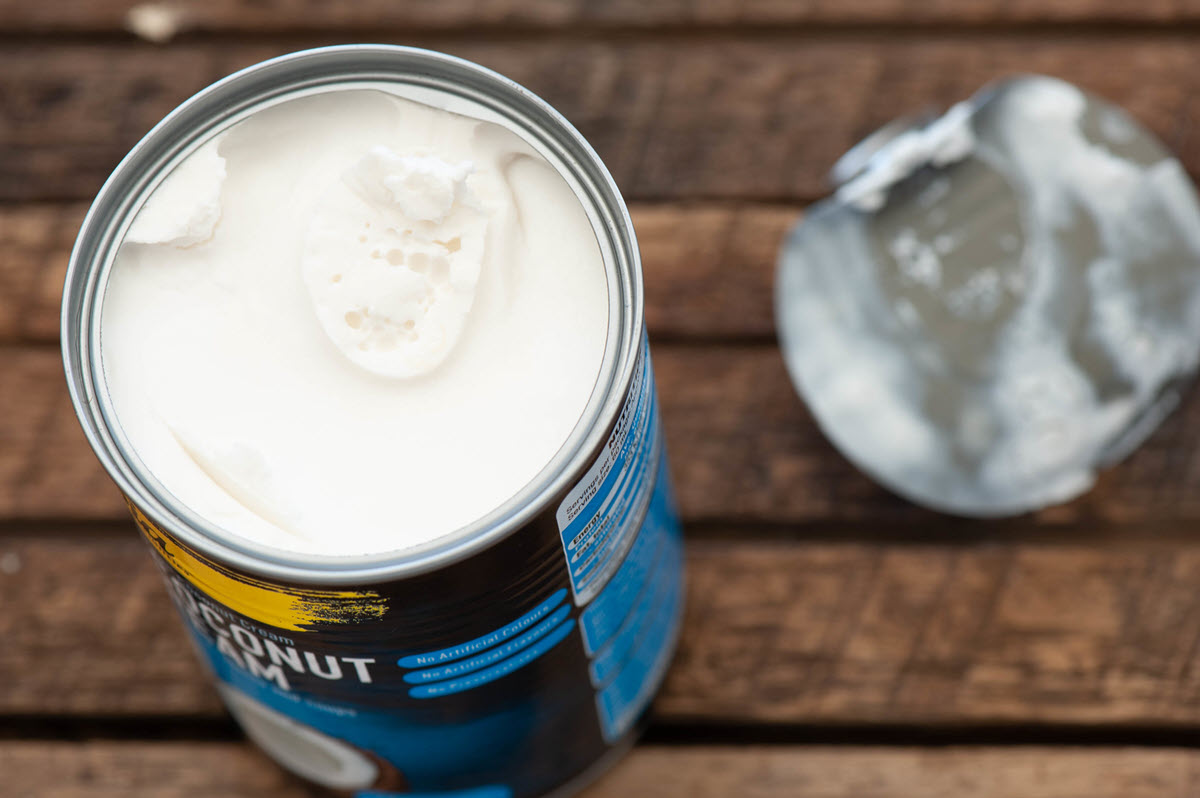
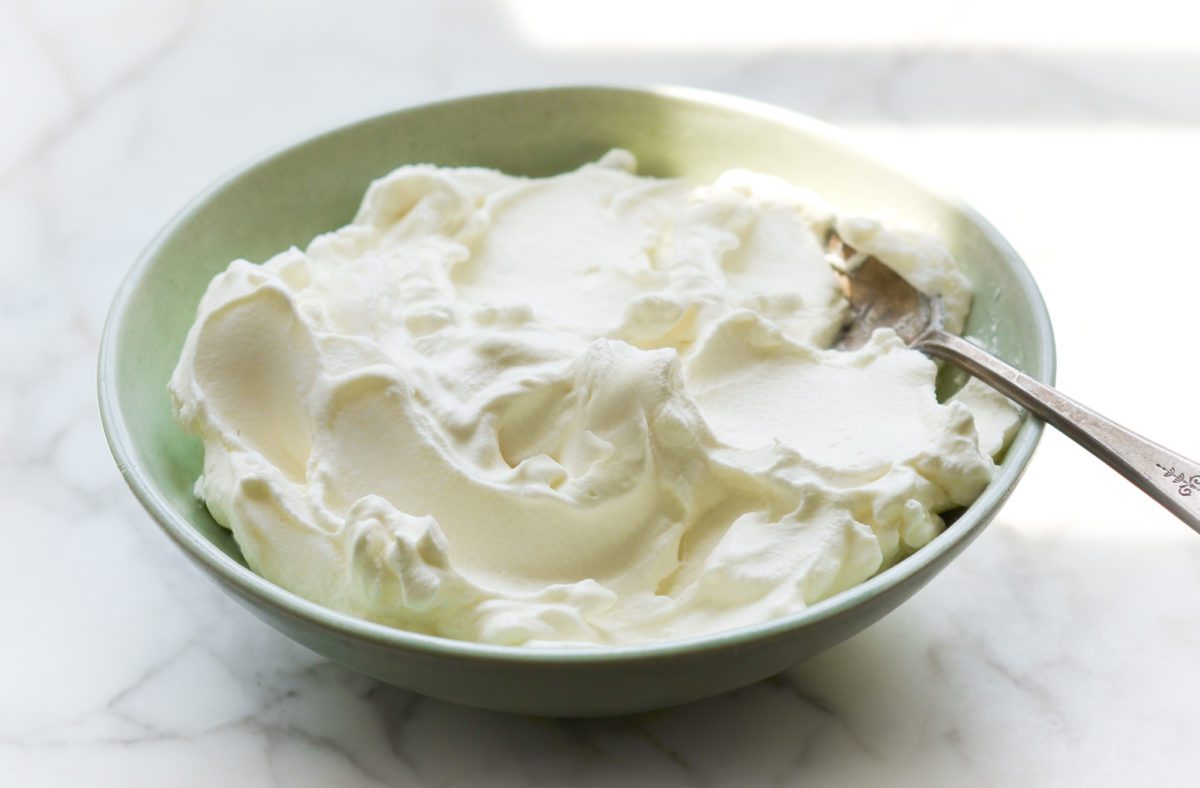


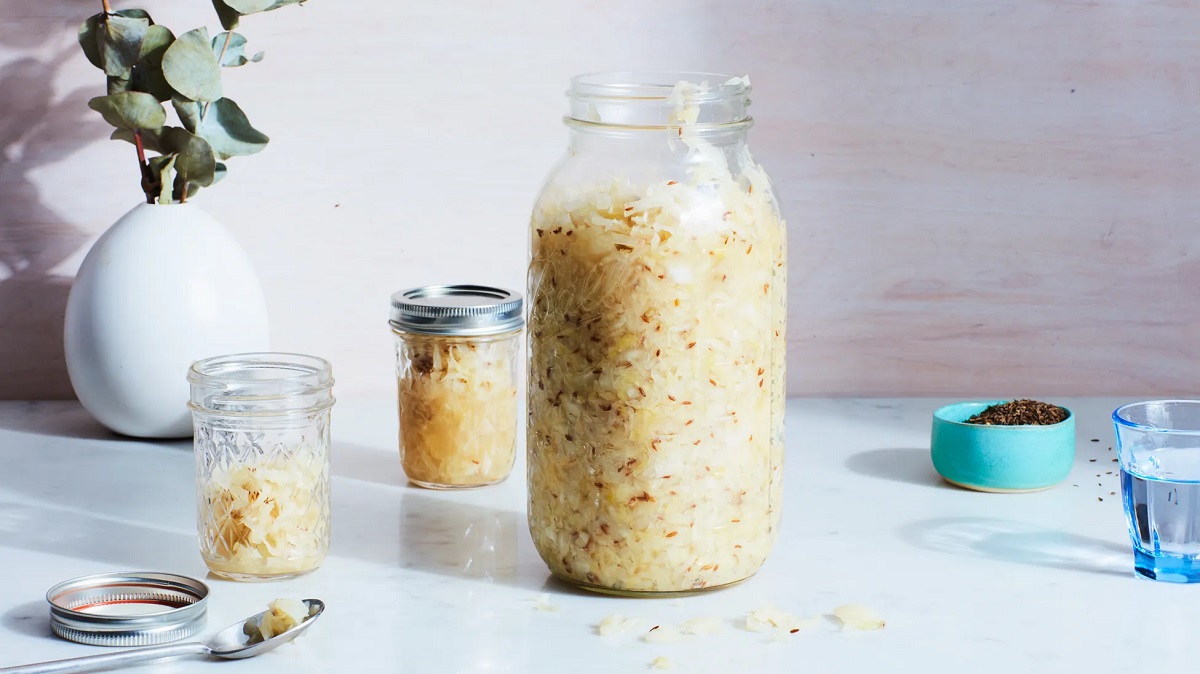




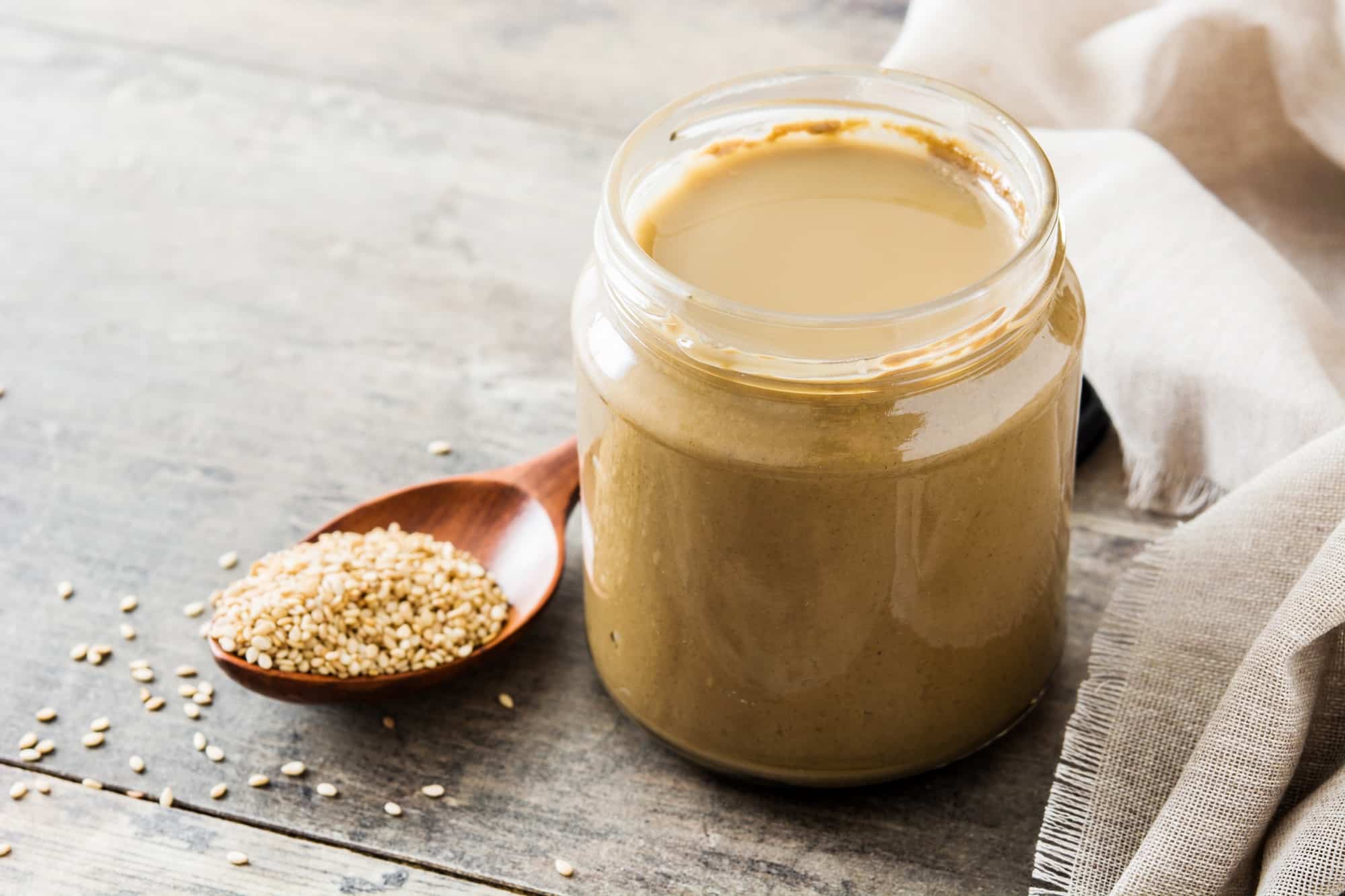

0 thoughts on “How To Store Coconut Cream After Opening”